Words: Nathan Chadwick
Photography: Stellantis Archive
The closure of Vauxhall’s Luton plant is a sad reality – in the offing for years, the closure of the factory after so many years, memories, cars and stories is a dark day in the British automotive landscape.
One of the most underrated cars to come from Luton has to be the Vauxhall Cavalier. Like many Vauxhalls, it doesn’t get anywhere the same love as a Ford of the same era, and is often looked down upon. However, the Cavalier was something of a trailblazer for its time, and immensely popular – a fact often forgotten as time goes on. Nowadays, few of any generation remain – and the few that still exist should be cherished. Here’s why…
In the beginning…
The Vauxhall Cavalier could have been very different – the UK arm had developed its own car based on the Kadett/Chevette chassis, with its own exterior and interior styling.
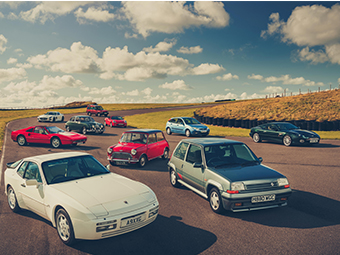
Whatever came next needed to be a strong seller in the fleet market, as the Victor was performing pitifully against the might of the Ford Cortina. Though the Viva HC had done much to steady the ship, the vultures were circling around General Motors’ British arm thanks to a reputation for rust problems in the 1950s and 1960s.
Vauxhall’s original plan was just six months away from production reality, with essentially a larger Chevette-style aesthetic, but General Motors HQ killed the idea dead.
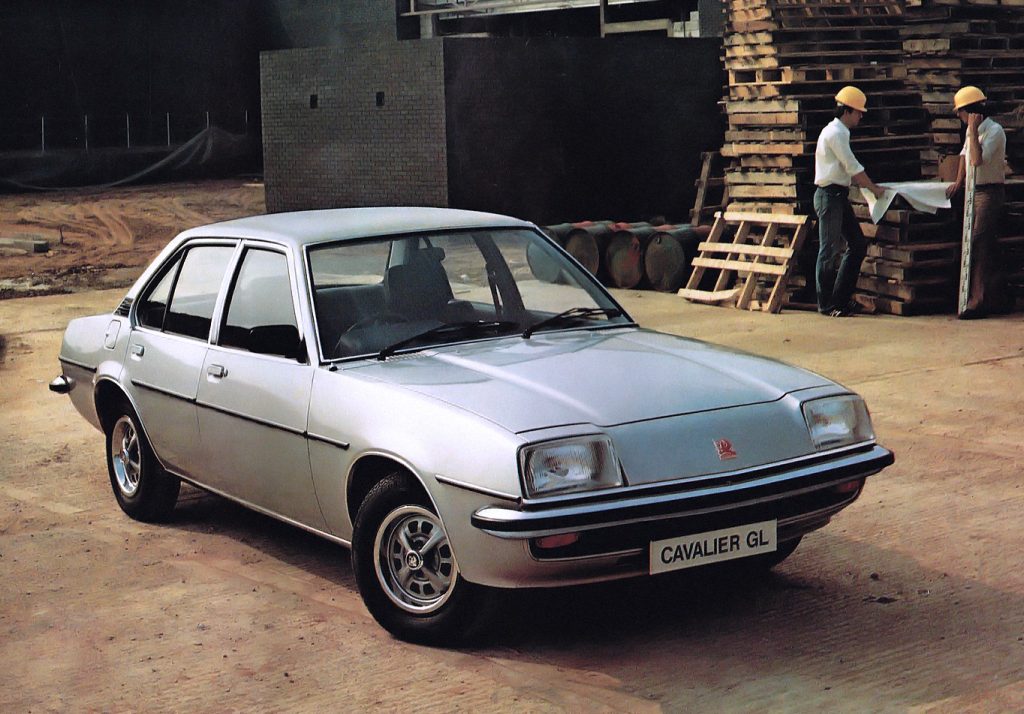
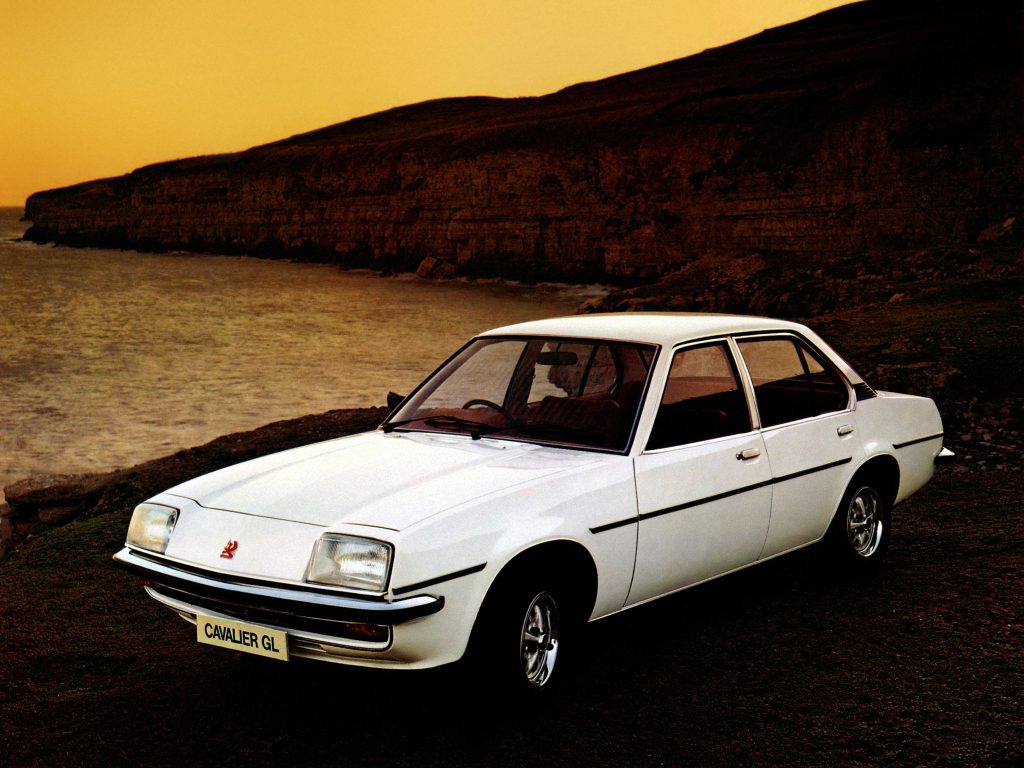
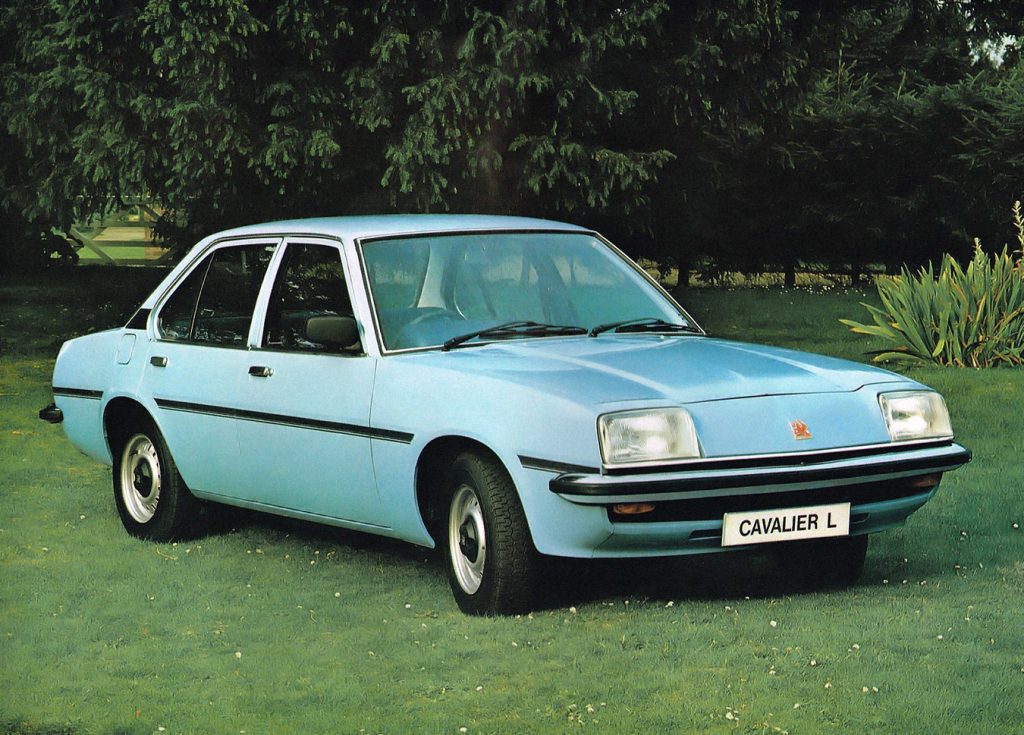
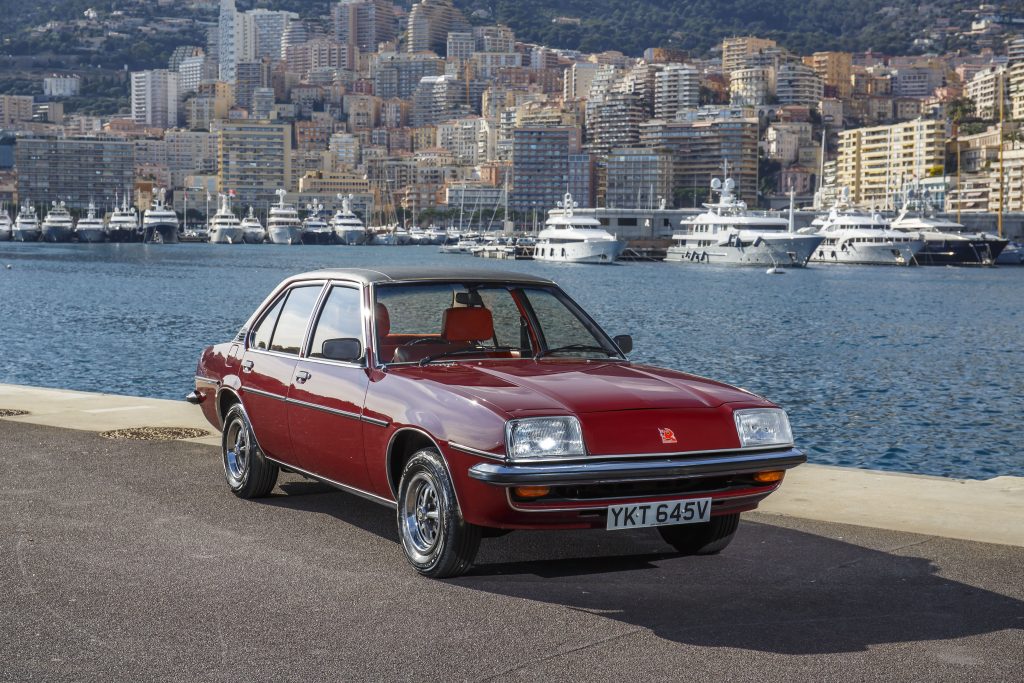
Mk1 (1975-1981)
Instead, the plan was to essentially blend the best of the Opel Ascona, but retain Vauxhall-specific styling and slant-four engines. There was a droopsnoot-style look to the car, and it was shaping up nicely for a 1976-1977 launch, but then Vauxhall’s sales dropped even further.
The car needed to be ready for late 1975, which meant that much of the Vauxhall-specific elements had to be dropped, including the slant-four engines. Instead, the Wayne Cherry-designed Manta nose would be used instead, though much smoother.
Initial response was favourable, coming at the worst time for the Cortina Mk3 – it was soon to be replaced, and compared to the swoopy Cavalier, somewhat old-fashioned. It was deemed to be sporty, with responsive steering and good handling.
Pretty soon, demand was outstripping supply – so production was brought to Luton in 1977, having previously been restricted to Belgium. It soon became Vauxhall’s bestseller, with a great following from fleet managers, who had been disappointed with the MkIII Cortina’s clutch and camshaft issues. Just shy of 250,000 were sold in the UK before production wrapped up in 1981.
One fascinating version was the rare Centaur, based on the two-door Cavalier. Developed by Magraw Engineering and sold via Vauxhall dealers on behalf of Crayford, it used the GLS model’s 2..0-litre engine a T-top roof layout. It didn’t prove popular, however, with just 118 sold.
For sportier drivers, the Cavalier Silver Aero concept is a magnificent what-might-have-been. Designed by Wayne Cherry, it featured a 150bhp, 2.4-litre engine, but alas the projected sales weren’t enough to see it make showroom reality. Instead, the tastiest Cavalier was the 2.0-litre, which could crack 60mph in less than 10 seconds and storm to 110mph.
The Cavalier didn’t quite manage to topple Ford from the top of the sales charts, but it did inject fresh life into Vauxhall’s image and keep the lights on at the brand, saving thousands of jobs in the UK. The next iteration, however, would fare far better against the Blue Oval.


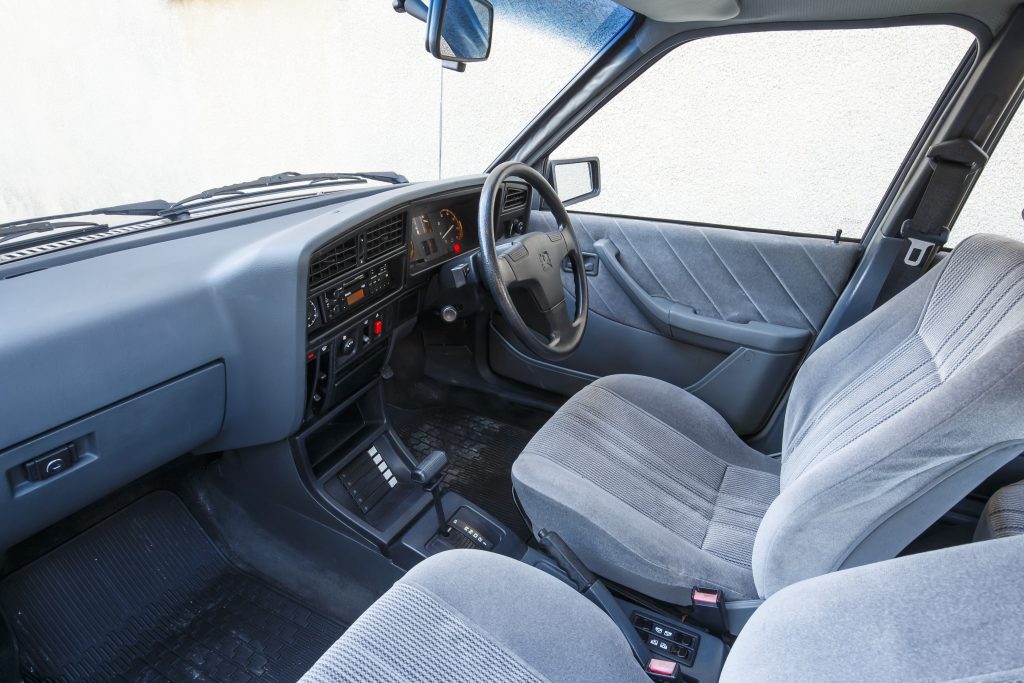
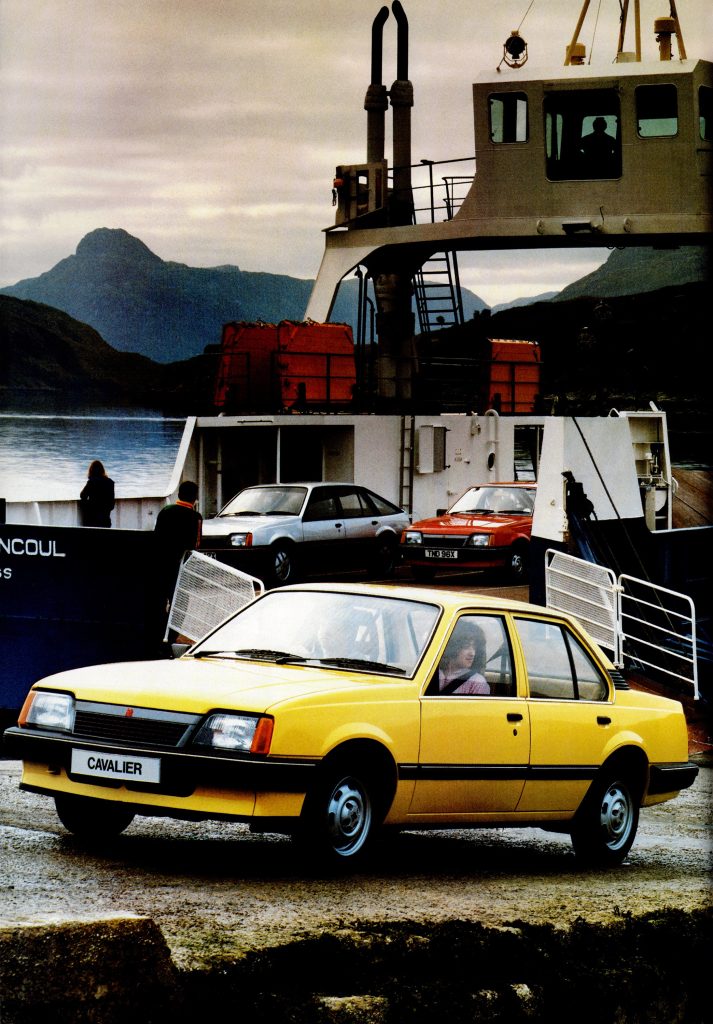
Mk2 (1981-1988)
For the second version of the Cavalier, GM chose to roll out its J-car platform, with very little changes for Vauxhall other than some badging.
Vauxhall was boosted by the loss of Opel from the mainstream market, with just the Monza and Manta fighting on in the UK. However, unlike the swoopy Mk1, the Mk2 was deliberately conventional-looking on top, and forward-looking underneath.
The Cavalier would be front-wheel drive, which offered benefits in terms of everyday stability and driving quality, and much more interior space despite being shorter overall than the outgoing car.
However, the styling was much more conventional, having seen the awkward reception British Leyland had for its more forward-thinking designs in the 1970s. Nevertheless, the option of a five-door hatchback version, still a relatively fresh concept for such a large car, would prove to be worth the bravery.
The Ford Cortina was soon to be replaced by the Ford Sierra, and was distinctly old-feeling compared to the modern Cavalier. When the Sierra turned up in 1982, though the Cavalier was criticised for lacking the modern style of the Ford, its modern mechanical make-up was praised.
The buying public sided with Vauxhall – the Sierra’s curves were a difficult pill to take for most drivers, and Vauxhall capitalised greatly.
Canny discounting would see the Sierra outsell the Cavalier in 1983, but Vauxhall wrestled it back the following year. It soon became known as the reps favourite, largely due to the punchy performance of the 1.8-litre fuel injected engine. It offered 115bhp, a sub-9 second 0-60mph dash and a 115mph top speed, yet benefitted from a government-mandated tax benefit.
It wasn’t the hottest Cavalier, however – the SRI used the Astra GTE 8v’s engine to create a 130bhp, 120mph outside-lane hero.
This was further enhanced with the limited-run Calibre model. This blended the SRI130 with an Aston Martin/Tickford battle dress, Irmscher sports suspension and exhaust, and a luxury interior – just 500 were built.
The Cavalier’s good times were short, however – by 1986 the might of Ford’s marketing development through motorsport, plus enhancements to the car itself, had hauled the Sierra ahead of the Cavalier. The launch of the booted Sapphire, a nod that Ford had perhaps underestimated the desire for a traditional saloon, had further dented the Cavalier’s appeal. Then there was the foreign opposition – stylish rivals such as the Peugeot 405 and Renault 21 began to nibble away at the Cavalier’s traditionalist base. For all of its early troubles, the Sierra’s Avantgarde curvaceousness had become the mainstream, leaving the Cavalier looking somewhat behind the times. The next Cavalier, however, would fully embrace modernity – it would have a modern look to match its underpinnings.
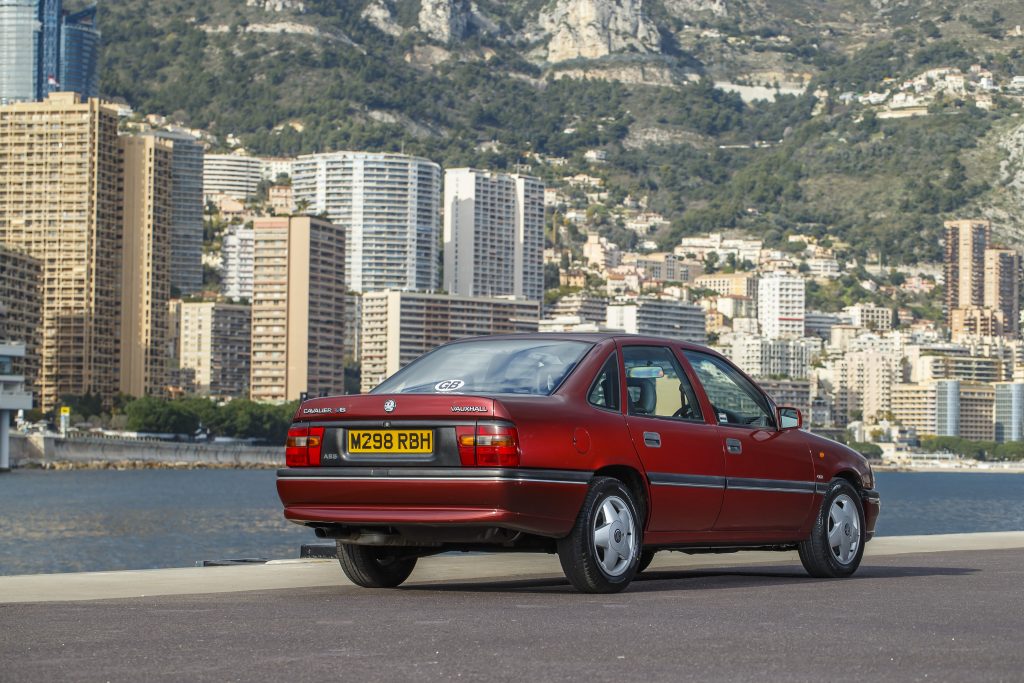
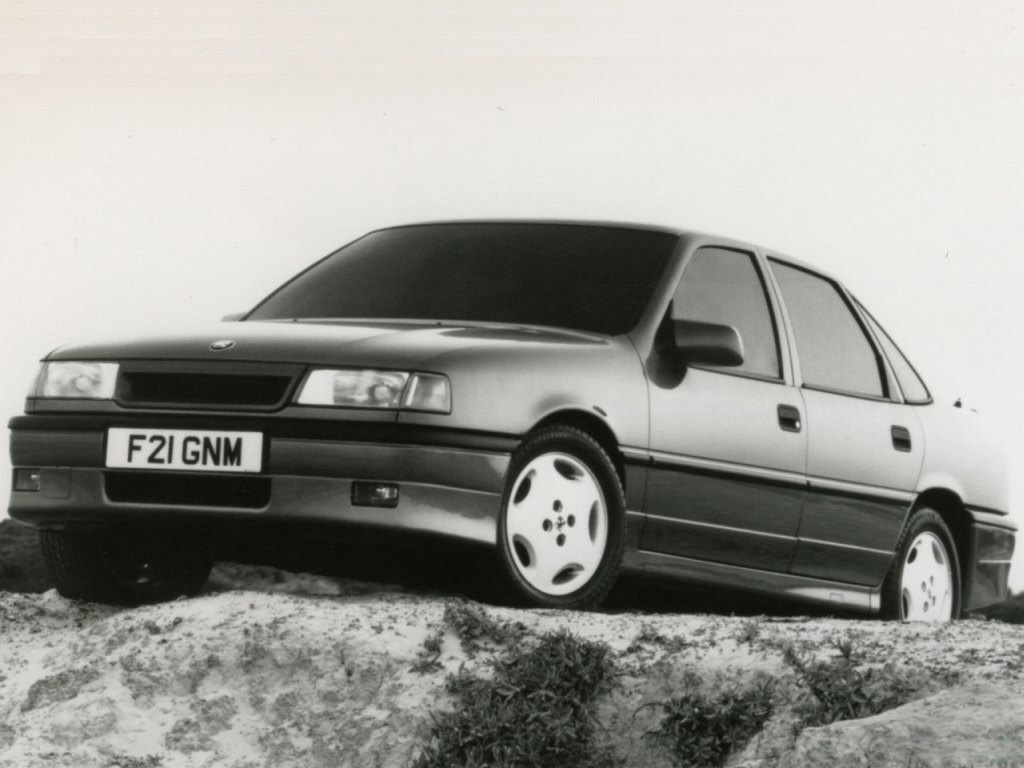
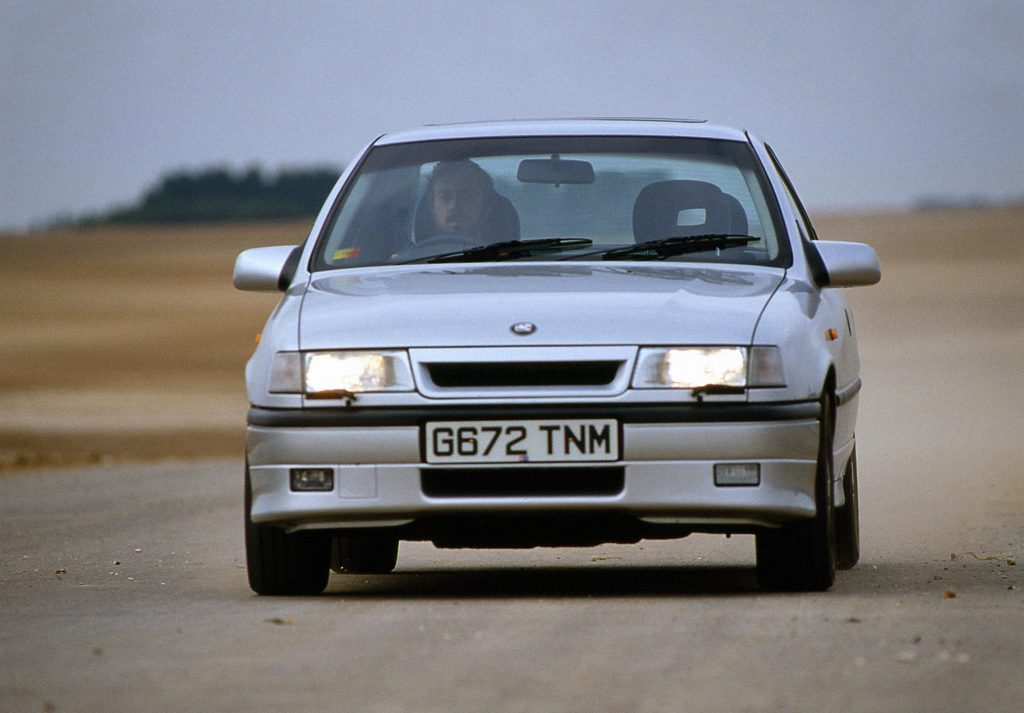
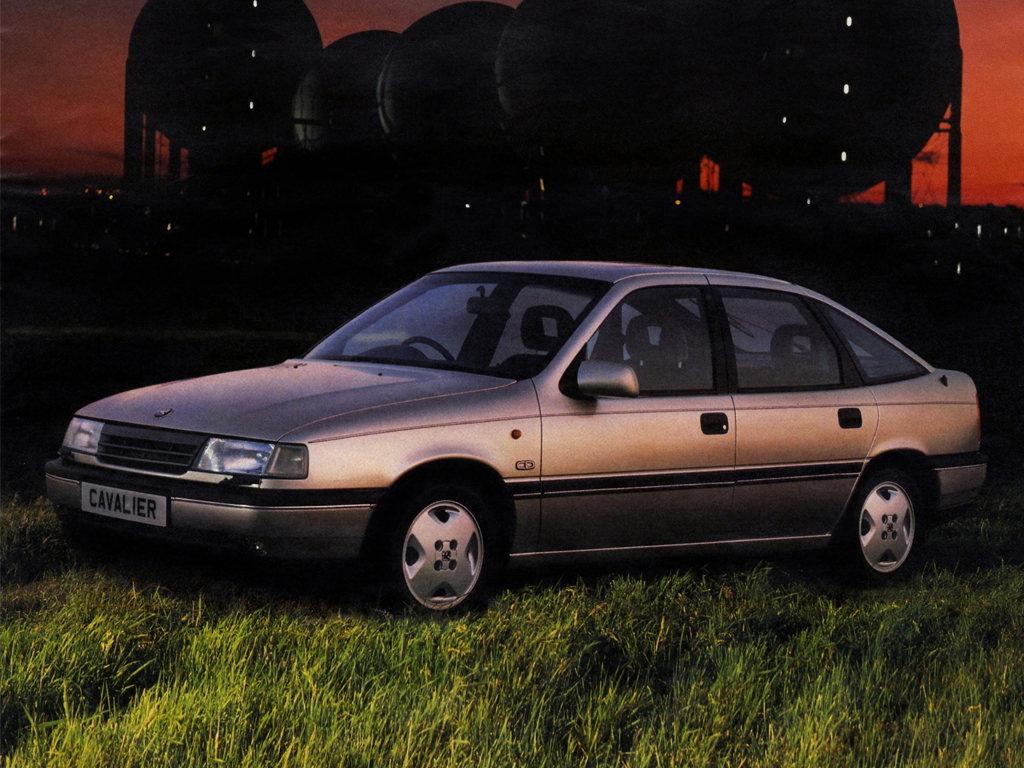
Mk3 (1988-1995)
Opel chose to do away with the Ascona nameplate, and in its place came the Vectra, based on the GM2900 platform. Given the strength of feeling towards the Cavalier brand, Vauxhall persisted with the name plate – and considering the way the Victor was perceived, didn’t want to risk negative associations.
The new car was much more rounded, taking inspiration from the Sierra’s success. Under the bonnet, there were a range of new 16v engines that made Ford’s ageing units look distinctly old hat. It was also much better built – during the Mk2 era, the Luton factory had made great strides to match European production quality. This was rewarded with the Mk3 Cavalier being the first of the breed to be built at Luton for LHD markets. It was a remarkable turnaround in little more than a decade, when the entire UK production arm faced closure.
The Mk3 Cavalier was initially outsold by the Sierra, but by 1991 Cavalier moved ahead as its more modern design and make-up won it many fans, which was also helped by John Cleland’s kerb-hopping abilities in the British Touring Car Championship.
Well-equipped, comfortable and with a great selection of engines, the Cavalier became the UK’s best-selling car in 1992 despite the nation’s recession.
At the time, Vauxhall was in the news – the Cavalier-based Calibra was a massive success, and received positively by the press (contrary to what some of today’s online commentariat might suggest…); the success of this car arguably prompted the boom in front-wheel-drive coupes in the 1990s. Add in tabloid-baiting performance cars such as the Astra GTE 16v and Lotus Carlton, and Vauxhall seemed to be on the up against disappointing performance Fords of the time, Sierra/Sapphire Cosworth aside.
The Cavalier got in on the act too, firstly with the GSI2000, which featured the GTE 16v’s 2.0-litre 16v engine, which was good for 148bhp and a 135mph top whack. The hottest, however, was the 201bhp-rated Turbo, which had four-wheel drive and a Cossie-rivalling 152mph.
The introduction of the Mondeo regained the market advantage for Ford in 1994, but the Cavalier still sold well as production wound up in 1995, just in time to see John Cleland win the British Touring Car Championship.
The desire to rationalise brand names across its European divisions caused GM to cut the Cavalier name, with the Vectra taking over. Luton would still continue to build Vectras, before switching to commercials only from 2000.
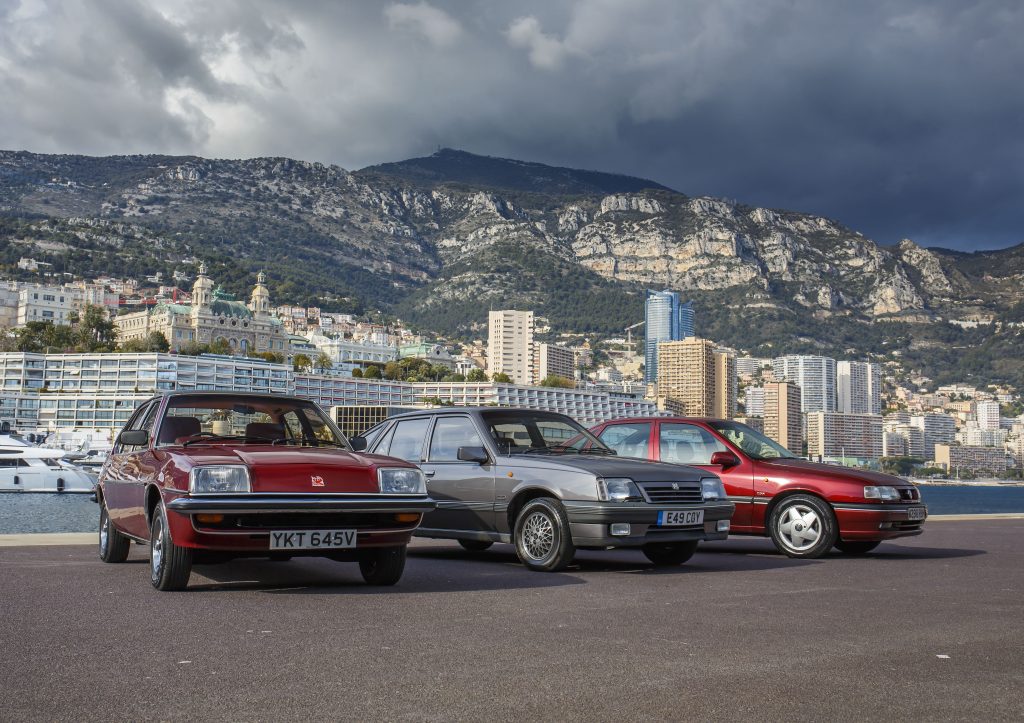
On the off-ramp
In the years since, the Cavalier has struggled to retain a classic following to the same level as contemporary Fords. Even the performance models have become scarce, without the same level of pricing – despite the Cavalier Turbo 4×4 offering similar performance to the Sapphire Cosworth.
This means that if you happen to find a SRI 130 or Turbo 4×4, they represent fantastic value for money. What better way to celebrate the model’s 50th birthday, than with a bit of Cavalier attitude?
Do you own any of the cars mentioned in this article? Let us know in the comments.
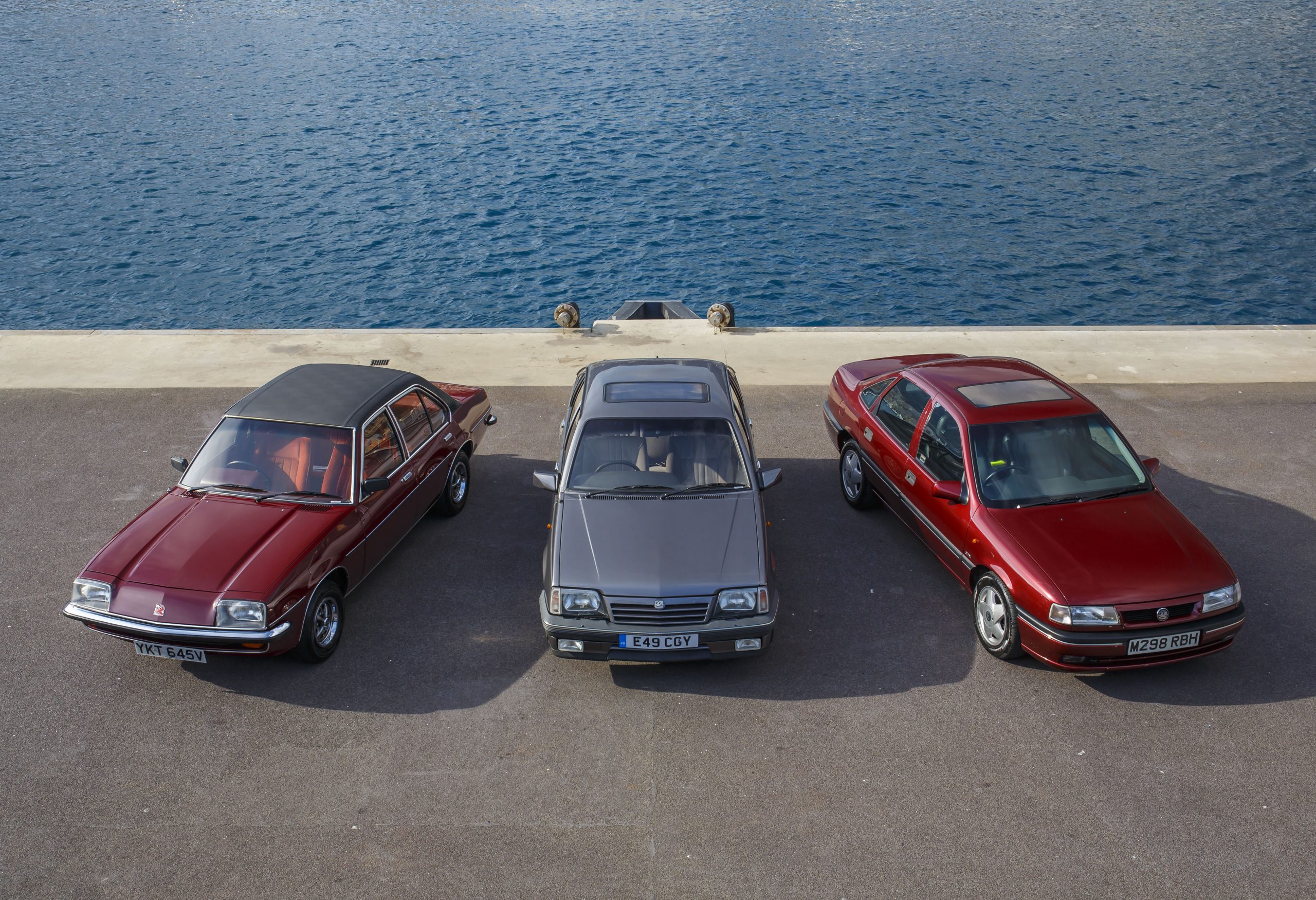
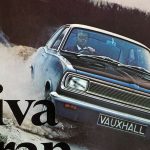

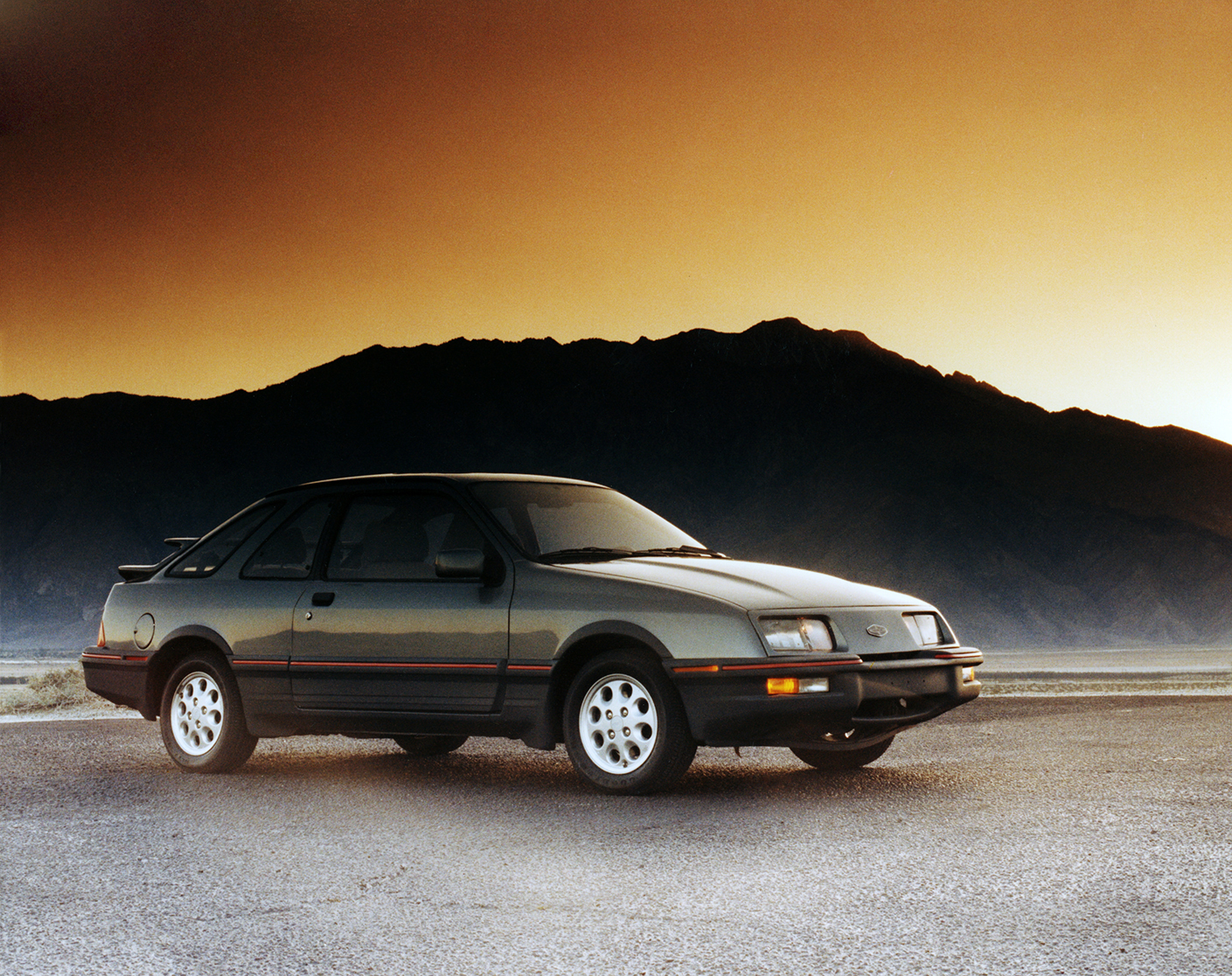
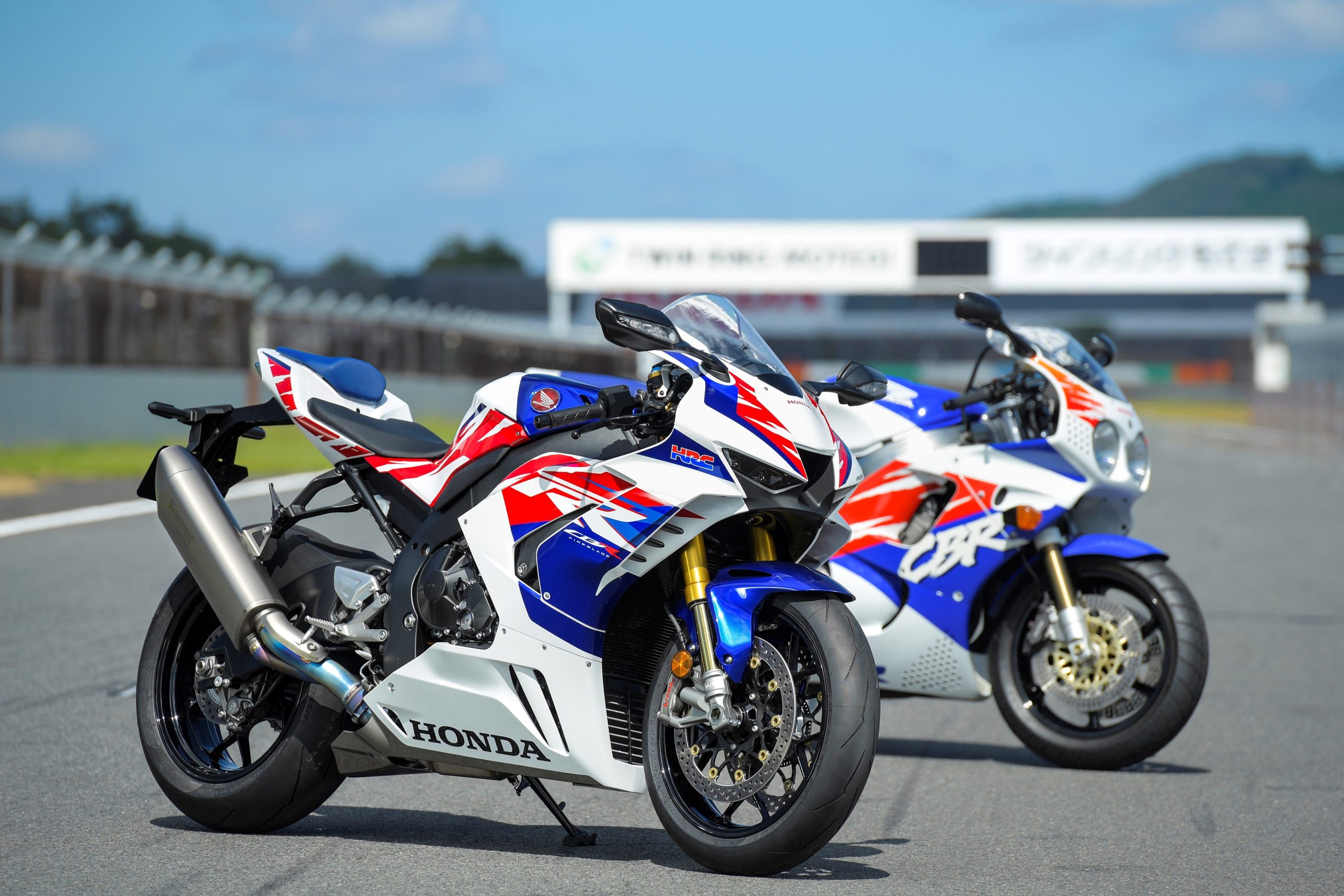
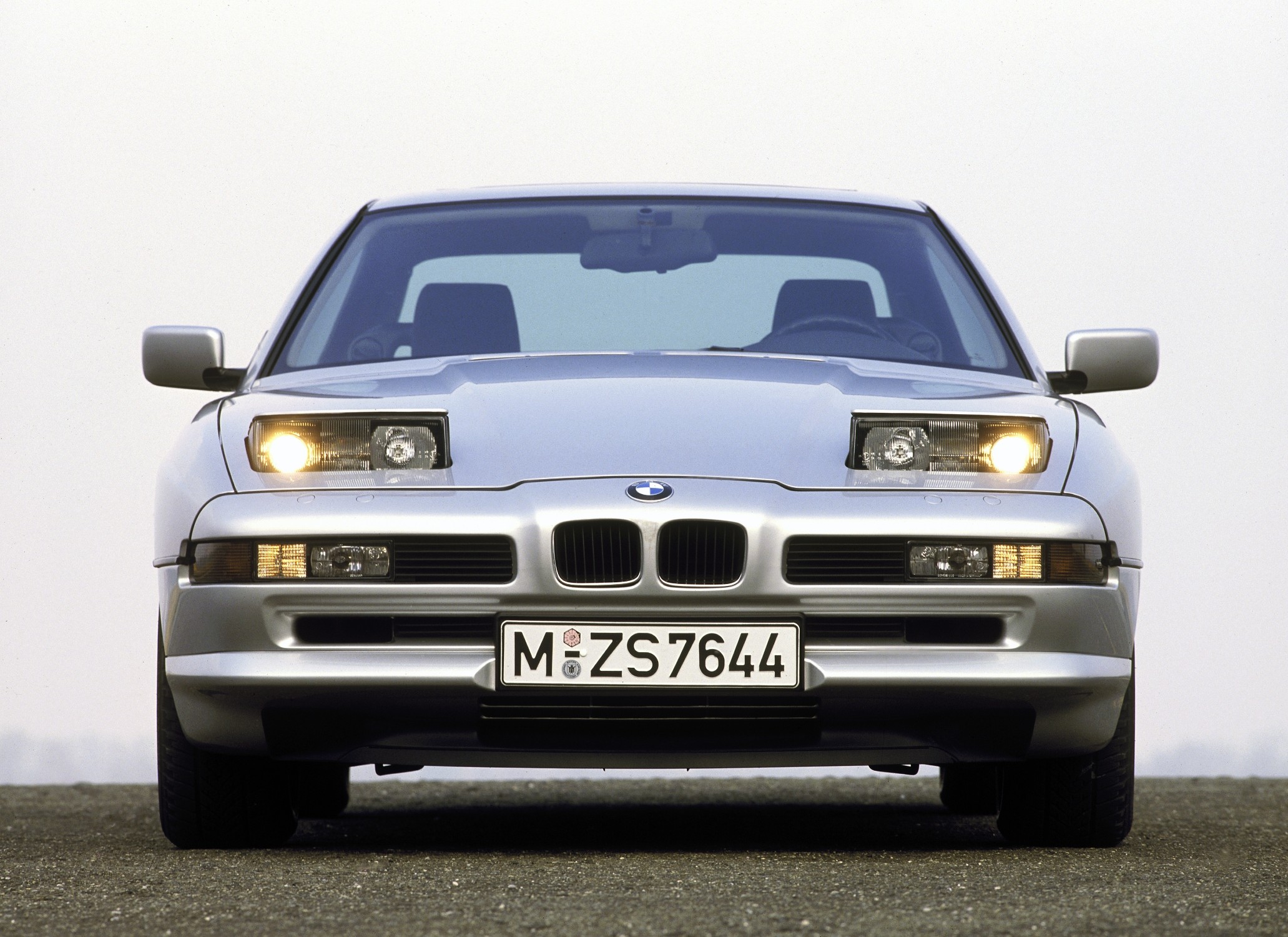
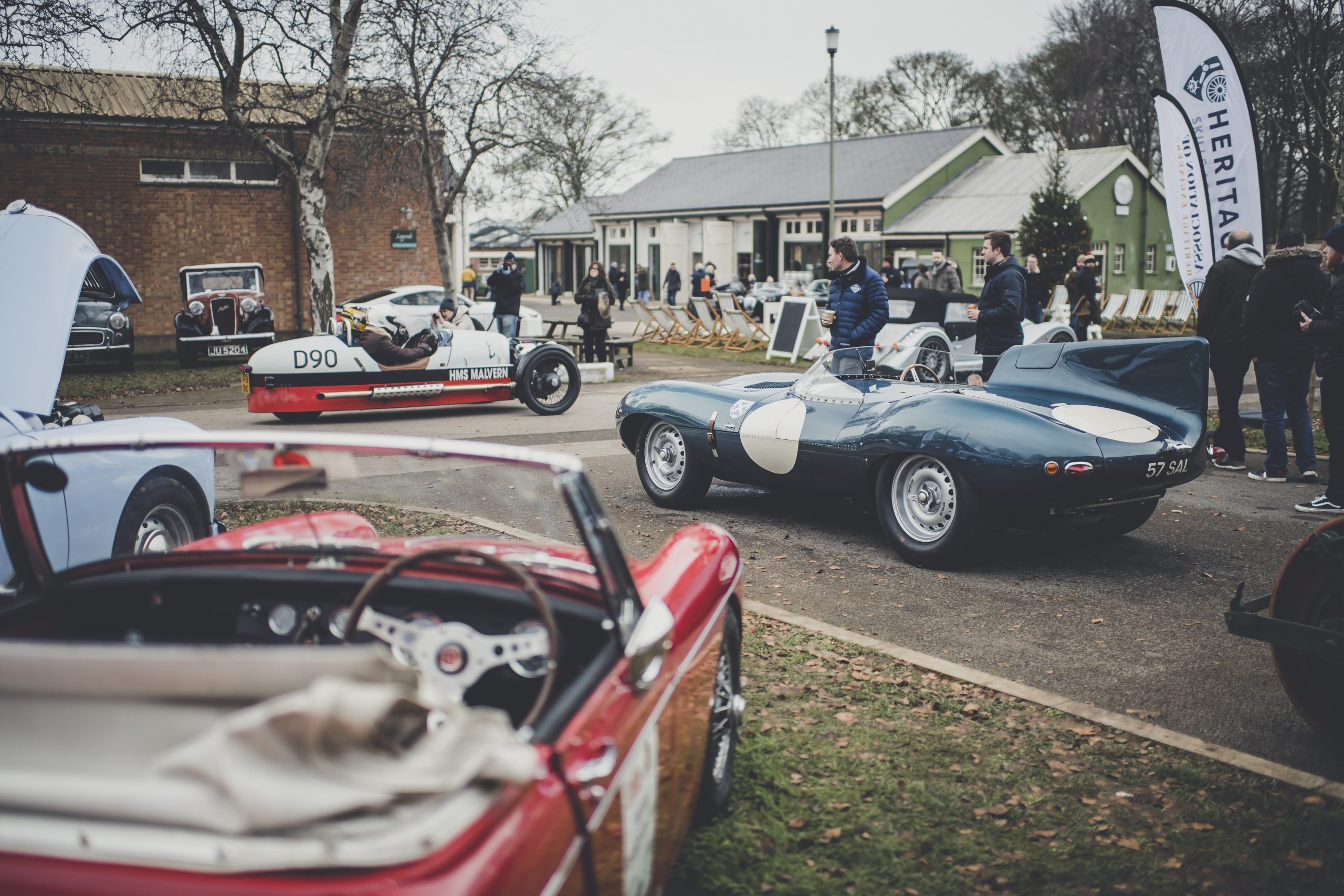
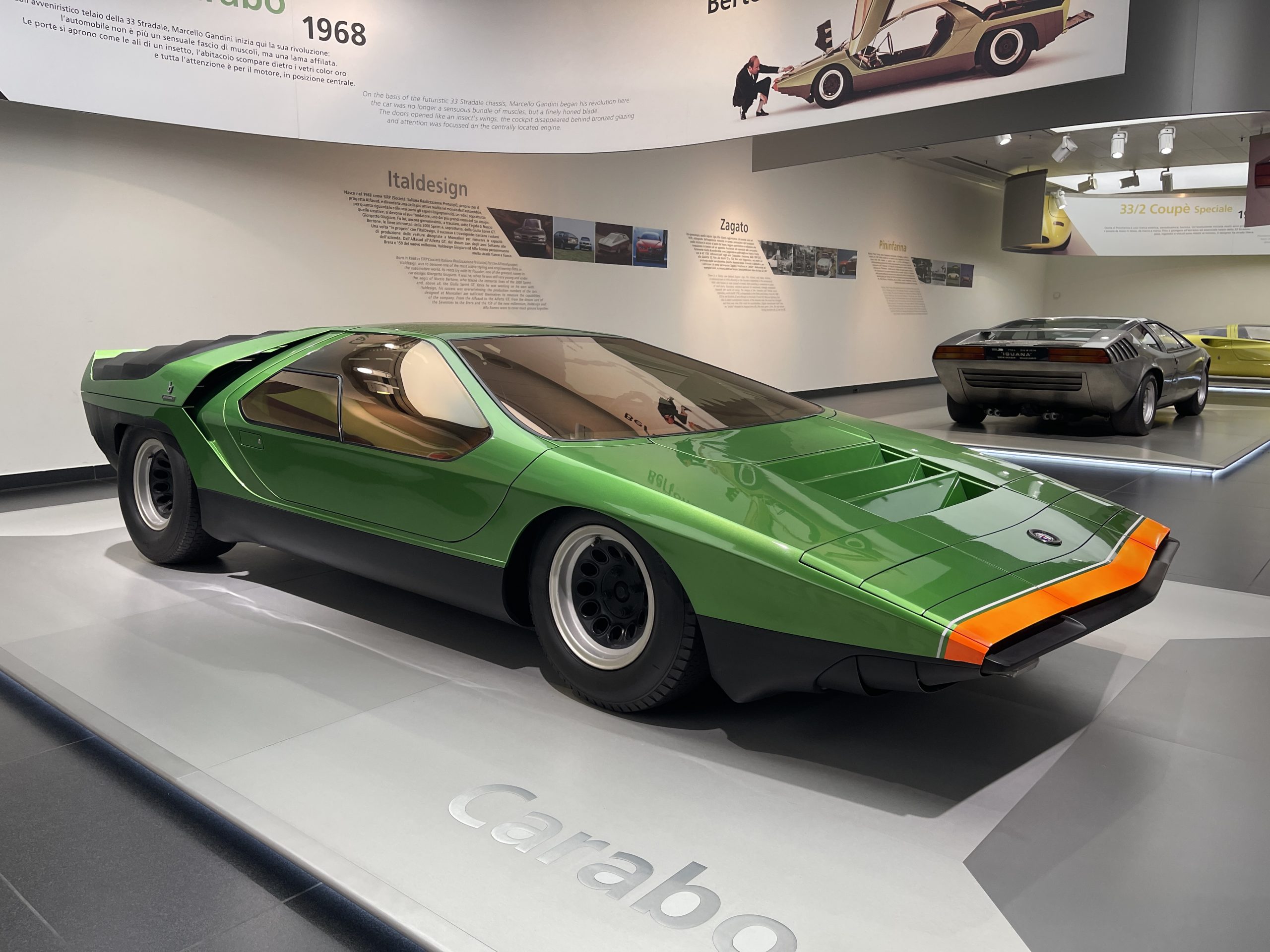
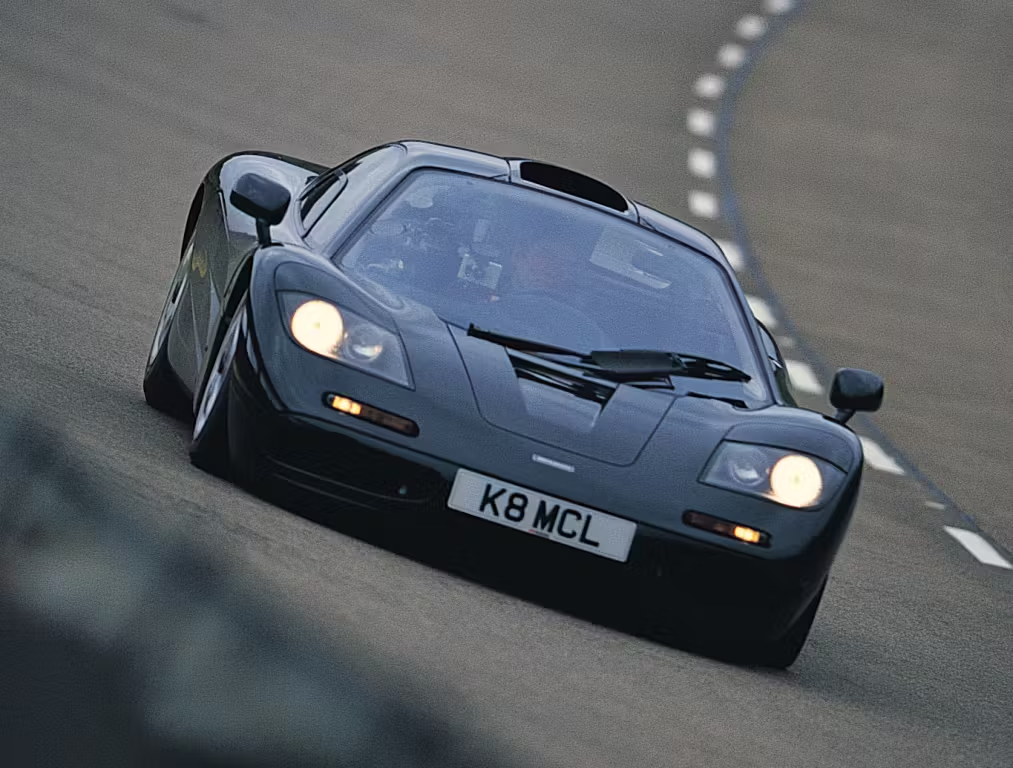
Currently in our collection are three cavaliers. NUP372P, 1975 mk1 Vauxhall Cavalier 1.9GL in Signal Yellow (the oldest known surviving in the U.K. as confirmed by the Head of the Vauxhall Heritage Centre in 2018).
WNA258S, mk1 Vauxhall Cavalier 1.9GL Automatic in Blue (has appeared at the practical classics show on the Cavalier & Chevette stand)
A830TLG, mk2 Vauxhall Cavalier 1.6 GLS in Red